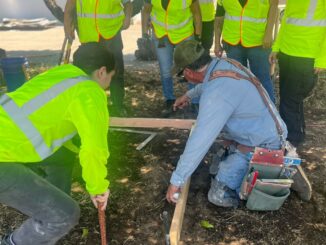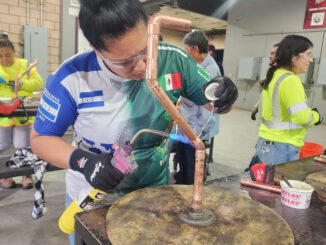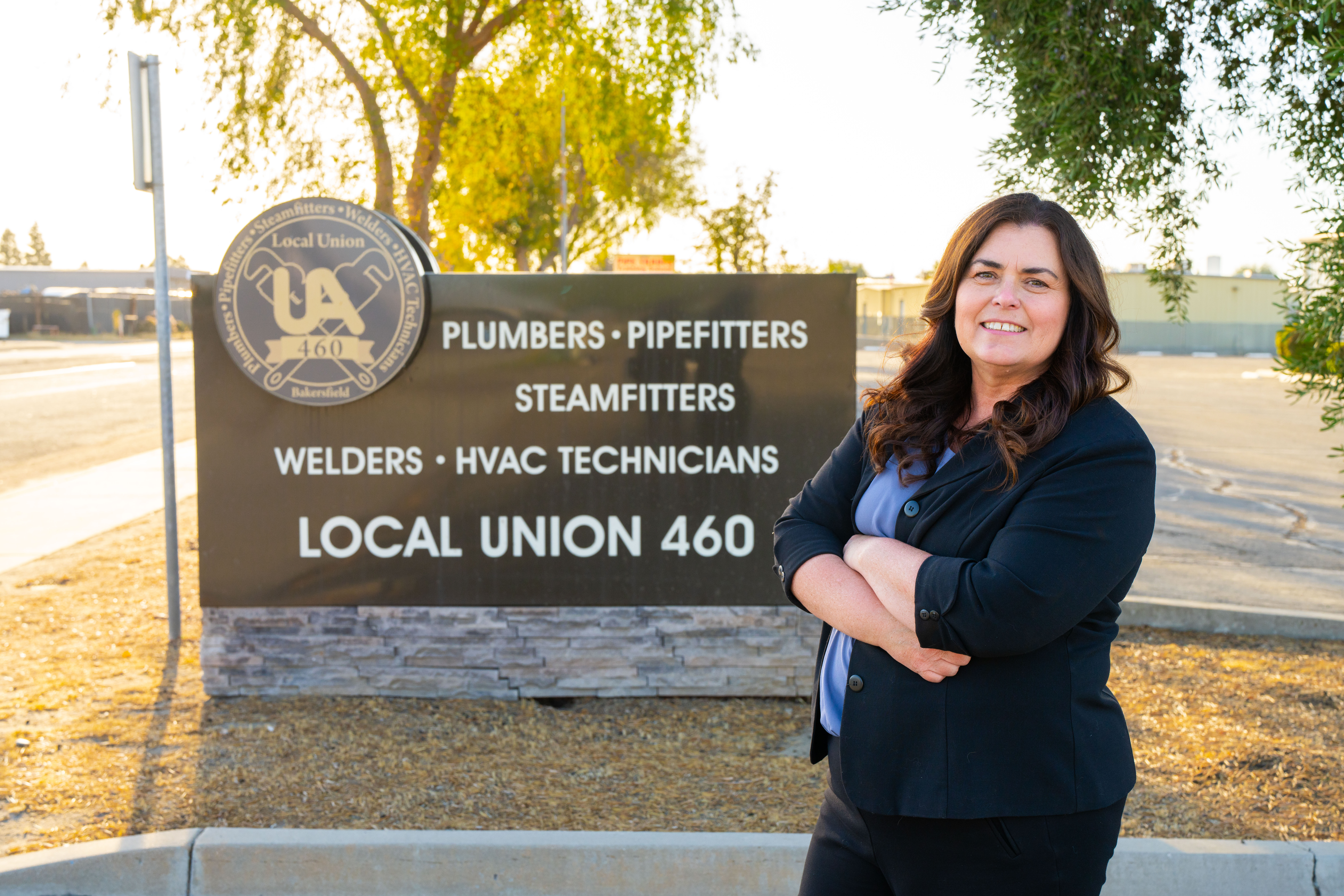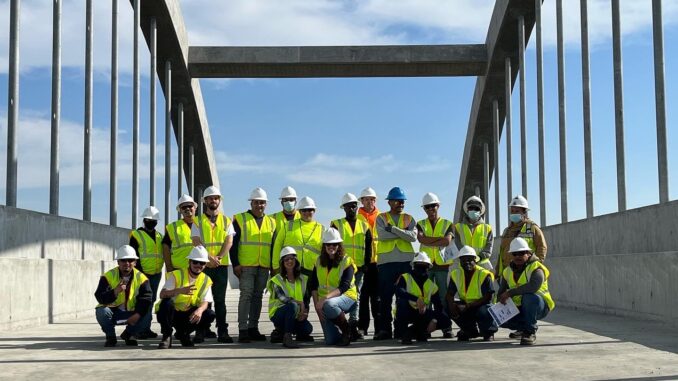
by Matt Jocks
California’s Central Valley feeds the nation. The Fresno Regional Workforce Development Board is intent on ensuring the valley doesn’t see its own tables sit empty.
With billions of dollars in construction and manufacturing projects coming, the region stands to enjoy a major and very necessary economic infusion: Necessary because three of the five poorest census tracts in the State of California are in the valley. Major because there is nearly $50 billion of approved infrastructure projects slated for the area, even before additional work from the federal infrastructure bill is factored in.
What stands in the way of a potentially transformative boost to the economy? A shortage of skilled workers.
Converting opportunity to prosperity is the ongoing challenge.
“The notion that you could have this immensely valuable work going through some of the poorest areas, and not make the jobs resulting from that work available to people living in those same areas…something is really wrong with that,” says Blake Konczal, executive director of the FRWDB.
“It’s like walking a starving man past a buffet and saying, ‘Don’t touch that food.’ ”
The access to that buffet is training. That has always been the mission of the WDB, which uses federal funding to facilitate programs that can move the unemployed and underemployed into the well-paying jobs that are coming.
“We’re training brokers,” Konczal says.
To do that well, the WDB has to follow the economic trends. For example, agriculture has always been synonymous with the Central Valley, and it remains a primary driver of the economy, both in the production of food and the infrastructure around that production.
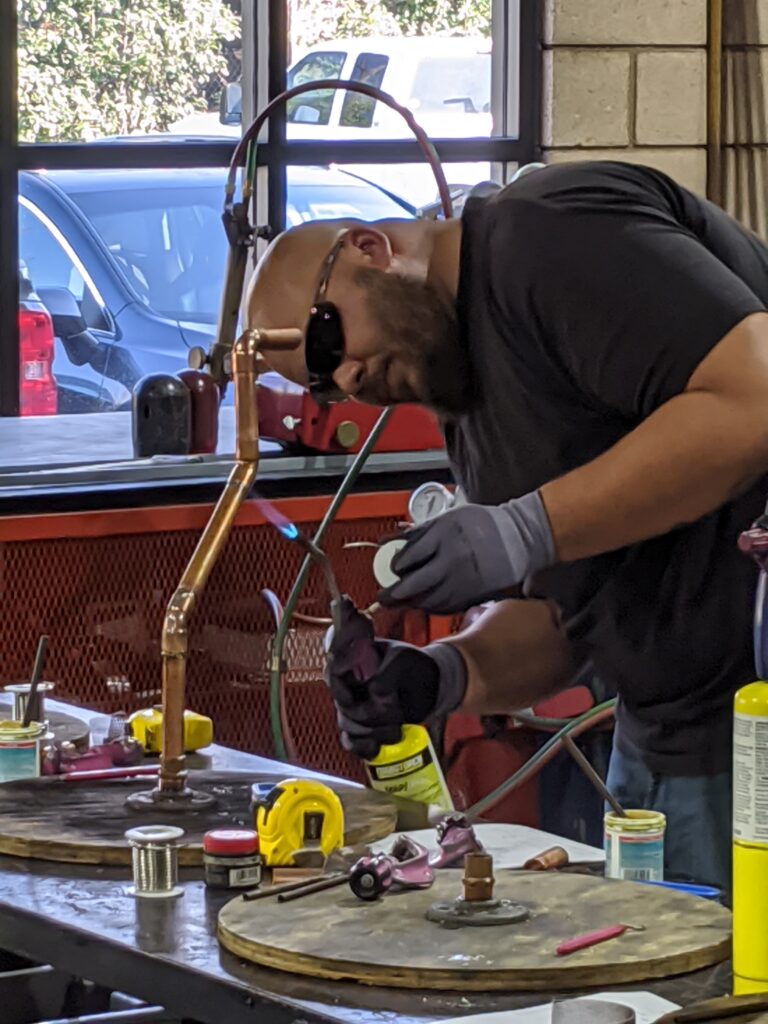
Opportunity, however, goes well beyond what grows in the ground. The WDB also assists in training for the growing health care and forestry fields.
But the biggest opportunity for moving people into high-paying jobs is construction—for those well-funded infrastructure projects. This is the focus of the region’s ValleyBuild program.
“People sometimes refer to the states in the middle of the country as fly-over country,” Konczal says. “In California, the Great Central valley is drive-through country. But the thing about driving through us is that you have to do so on freeways and over bridges across culverts and canals, and soon using electrical charging stations along the way.”
The valley also serves as the conduit to deliver more than a third of the water consumed in the state, a task that requires even more construction.
To meet those needs, ValleyBuild is a collaborative effort covering 14 counties and including workforce boards and construction trade councils. Valley Build’s six-week pre-apprenticeship training sessions are “multi-craft,” covering a variety of construction trades. In fact, the training is itself offered by qualified union trainers from those various trades. The program leads to actual apprenticeships that allow students to earn while learning. The stakes are high.
Construction projects in the area were already growing before the federal infrastructure bill was passed. The near future will offer plenty of high-paying, union jobs, but the valley will suffer if those jobs aren’t filled locally.
“The workers here in the valley have a wonderful work ethic,” Konczal said. “These are not people who are afraid of hard work. All they need is the training to make them competitive to get those apprentice slots.”
Blake Konczal, executive director of the FRWDB
“It’s lost opportunity if we can’t keep that money here,” Konczal says. “Those jobs will be filled. If they’re not filled by workers here, they’ll be filled by workers from out of the area. The value of those salaries being kept here—for the banks and the stores and for all parts of our local economy, the ripple effect—will accrue elsewhere.”
Projects like a new $500 million surface water treatment plant could be built by local firms using local labor. Or they could go to workers and companies from around the state, or even out of state.
“The workers here in the valley have a wonderful work ethic,” Konczal said. “They are not people who are afraid of hard work. All they need is the training to make them competitive to get those apprentice slots.”
Does Konczal remain optimistic?
“I know we move the needle for those we are able to touch,” he says.
To learn more about the ValleyBuild program and its training opportunities, visit https://valleybuild.net. To learn more about the Fresno Regional Workforce Development Board, visit https://frwdb.net/.

